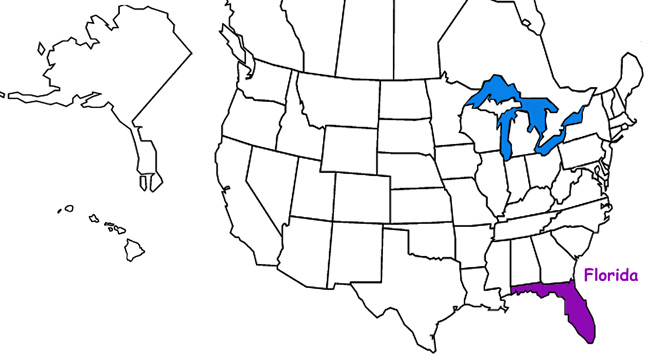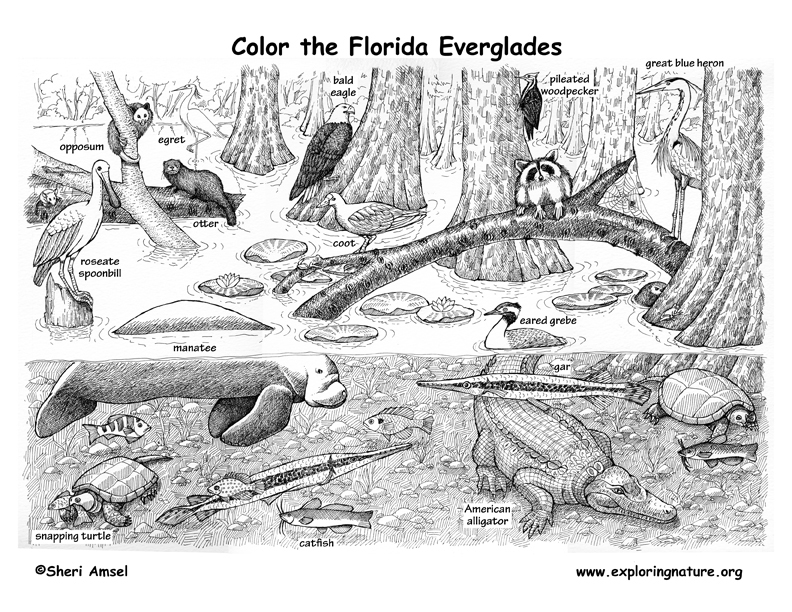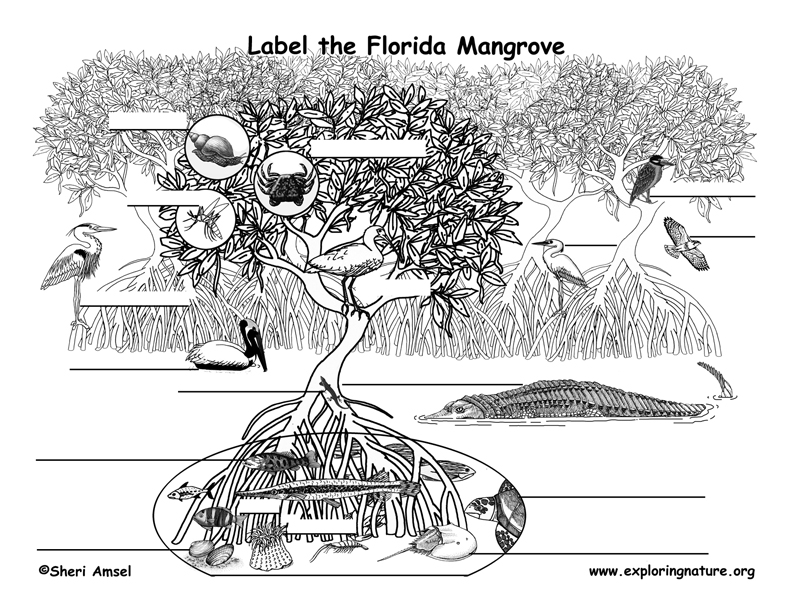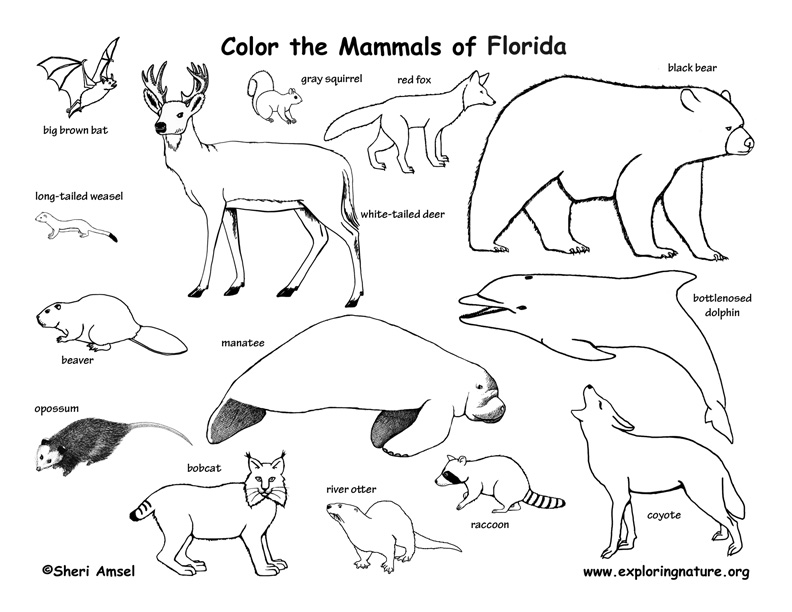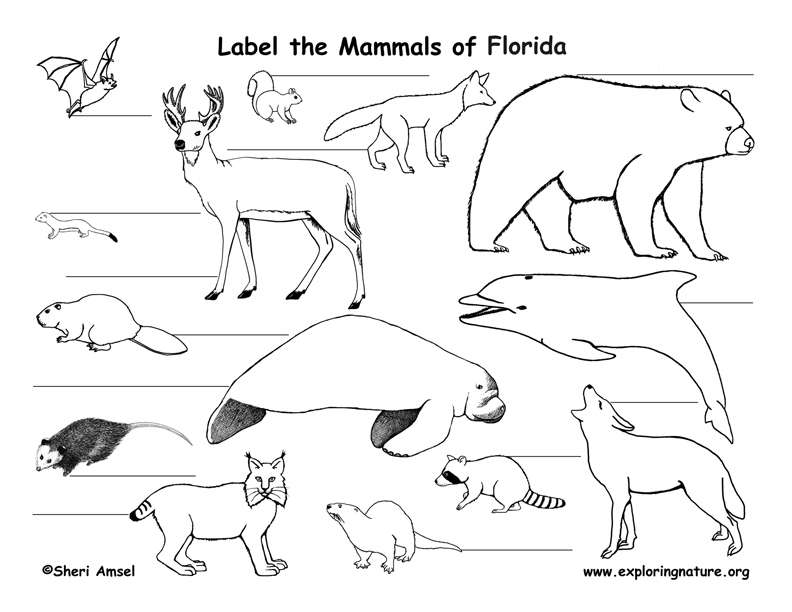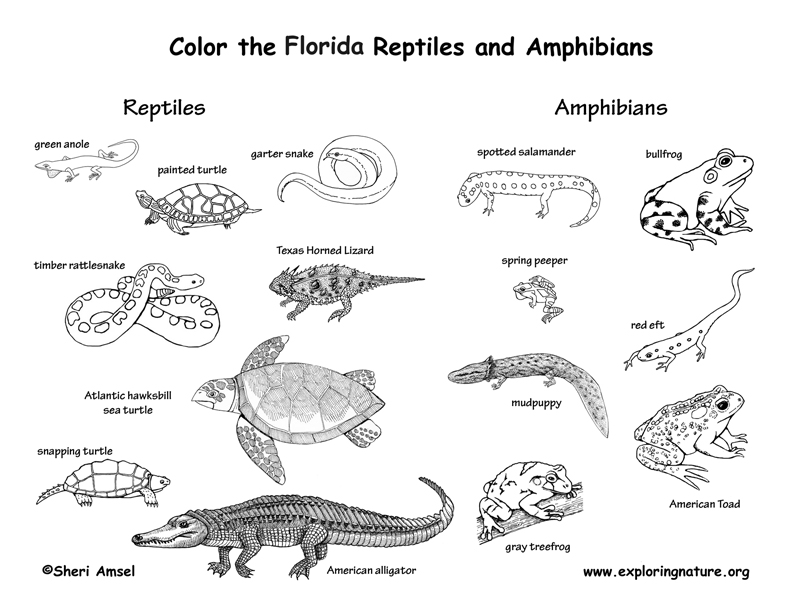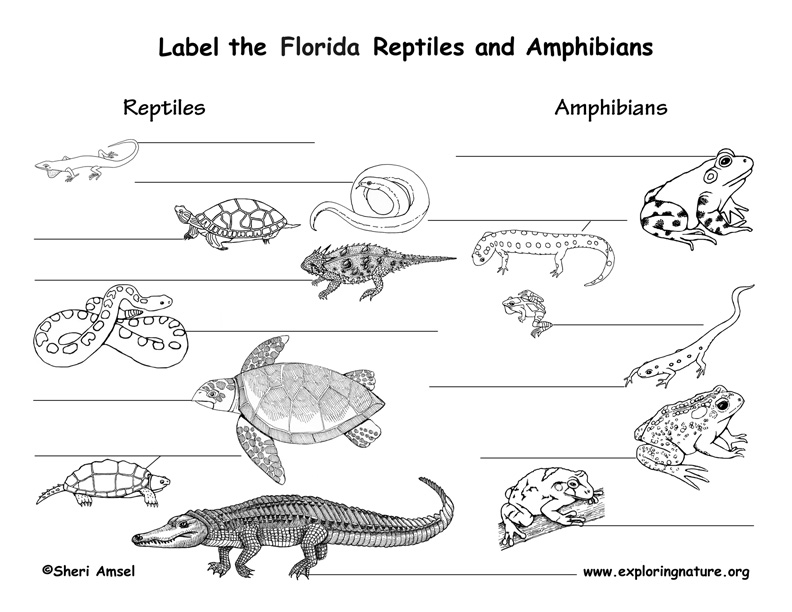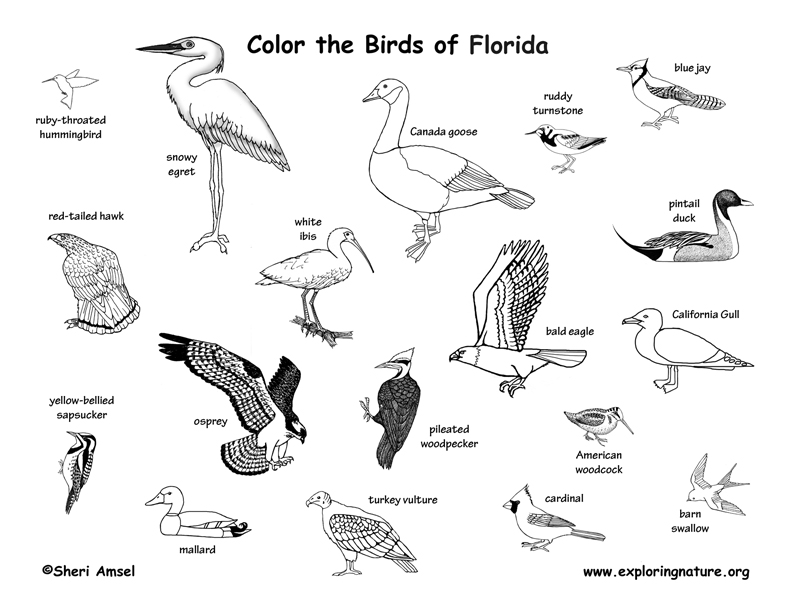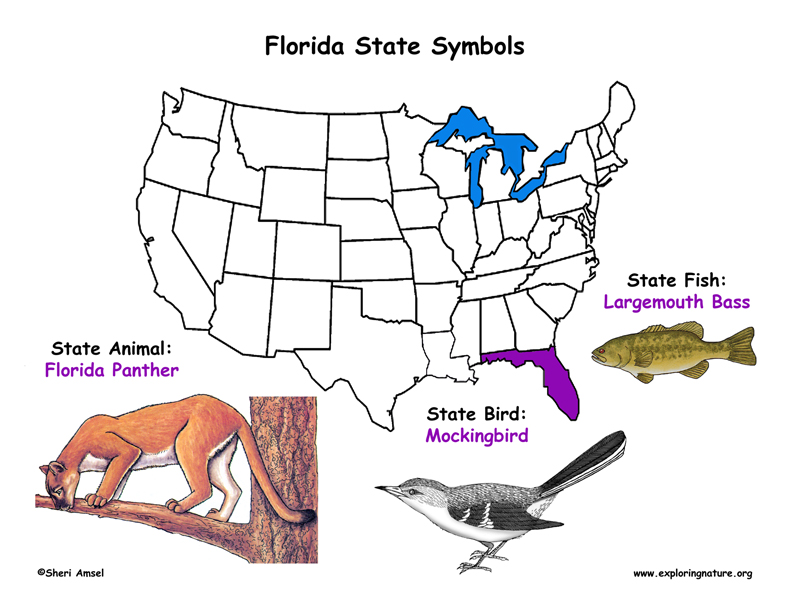

Florida is a relatively flat state that was once made up of more than 50% native wetlands. Though much of Florida's wetlands have been destroyed to make way for farms, orchards, roads, towns, cities and other development, there are still many areas of diverse wetland left in the state. Generally, freshwater wetlands are broken down into marshes, swamps and bogs, yet there can be many types of each and Florida is a state that has many types of both freshwater and saltwater wetlands.
Florida has a variety of freshwater marshes. Generally, marshes form near ponds and lakes and are good habitat for reeds, grasses and other soft-stemmed plants to grow. Florida has what are called "wet prairies" which can be floodplains of lakes or rivers or just low lying areas that, at certain times of the year, are covered with water. They are home to water-tolerant plants like sedges, cattails, sawgrass, marsh pinks, sundews and others.
Swamps tend to have more trees and woody-stemmed shrubs and are sometimes so thick with growth that it would be hard to walk through them.
Florida's freshwater swamps include cypress and hardwood swamps. They are found on the floodplains of rivers or in low lying areas higher in the forest. Though Cypress swamps have mostly cypress trees, other kinds of trees are mixed into the habitat. Hardwood swamps have a smaller degree of cypress trees mixed in with oaks, water hickories, maples, palms, bay trees and other trees. These swamps spend much of their time under water, so the trees there must be able to tolerate "wet feet."
Florida's saltwater swamps include mangroves, salt marshes, and the everglades. They are found on protected shorelines of ocean estuaries and bays.
Mangroves are important wetlands for all the reasons already mentioned - they are vital wildlife habitat and offer shoreline protection from erosion and storm surges. They only exist in southern climates and many animals nest and feed among their roots and thick vegetation including osprey, pelican, eagles, herons, ibis, egrets, spoonbills, snails and lizards. Underwater animals like fish, crabs, sea turtles, sponges, shrimp, alligators and even dolphins make use of the mangrove's tangled roots to find safe places to feed or protect young.
Salt marshes are in the zones where the tides go in and out of bays and rivers. Here the water is brackish (where salt and freshwater meet). Plants here must be able to tolerate changes in salinity (how salty the water is) like cordgrass and needlefishes.
The Everglades is a rich habitat made up of a sheet of water flowing slowly over a grassy plain. It is home to a myriad of fish, insects, amphibians and many other animals from osprey, pelican, eagles, herons, ibis, egrets, coots, woodpeckers and spoonbills to alligators, manatees, otters, opossums, raccoons and even a growing population of introduced boa constrictors. It's tremendous value in absorbing storm surges during hurricanes is just beginning to be understood as well as filtering the pollutants flowing out of nearby cities like Miami. Restoration of the Everglades is an ongoing process.
Florida's dry habitat consists mostly of open pine flatwoods with sandy soil over hard pan. These areas are prone to regular fires that keep the understory down and slow succession. Smaller areas make up the rest of Florida's dry habitats including bottomland forests, scrubby grasslands, scrublands, sandhills, pine rocklands, and coastal dunes.
Mammals
Sea Mammals (off the coast):
For more information about Florida mammals (including Latin names) click on individual animal links or for another (off-site) resource: Mammalogists Society
Amphibians
Reptiles
To look up individual birds go to the Exploring Nature Birds Database.
For more information about Florida birds (including Latin names) click on individual animal links or for another (off-site) resource: Florida Ornithological Society
When you research information you must cite the reference. Citing for websites is different from citing from books, magazines and periodicals. The style of citing shown here is from the MLA Style Citations (Modern Language Association).
When citing a WEBSITE the general format is as follows.
Author Last Name, First Name(s). "Title: Subtitle of Part of Web Page, if appropriate." Title: Subtitle: Section of Page if appropriate. Sponsoring/Publishing Agency, If Given. Additional significant descriptive information. Date of Electronic Publication or other Date, such as Last Updated. Day Month Year of access < URL >.
Amsel, Sheri. "Florida Habitats, Mammals, Birds, Amphibians, Reptiles" Exploring Nature Educational Resource ©2005-2024. December 13, 2024
< http://www.exploringnature.org/db/view/Florida-Habitats-Mammals-Birds-Amphibians-Reptiles >
